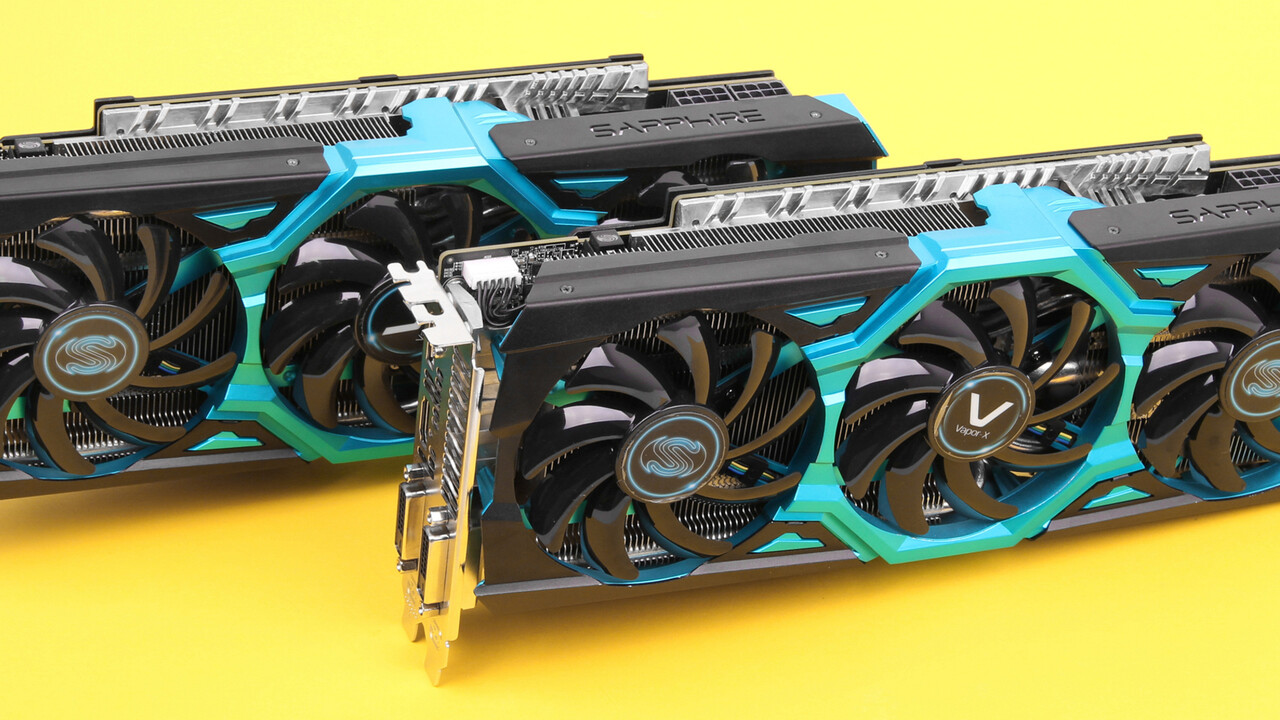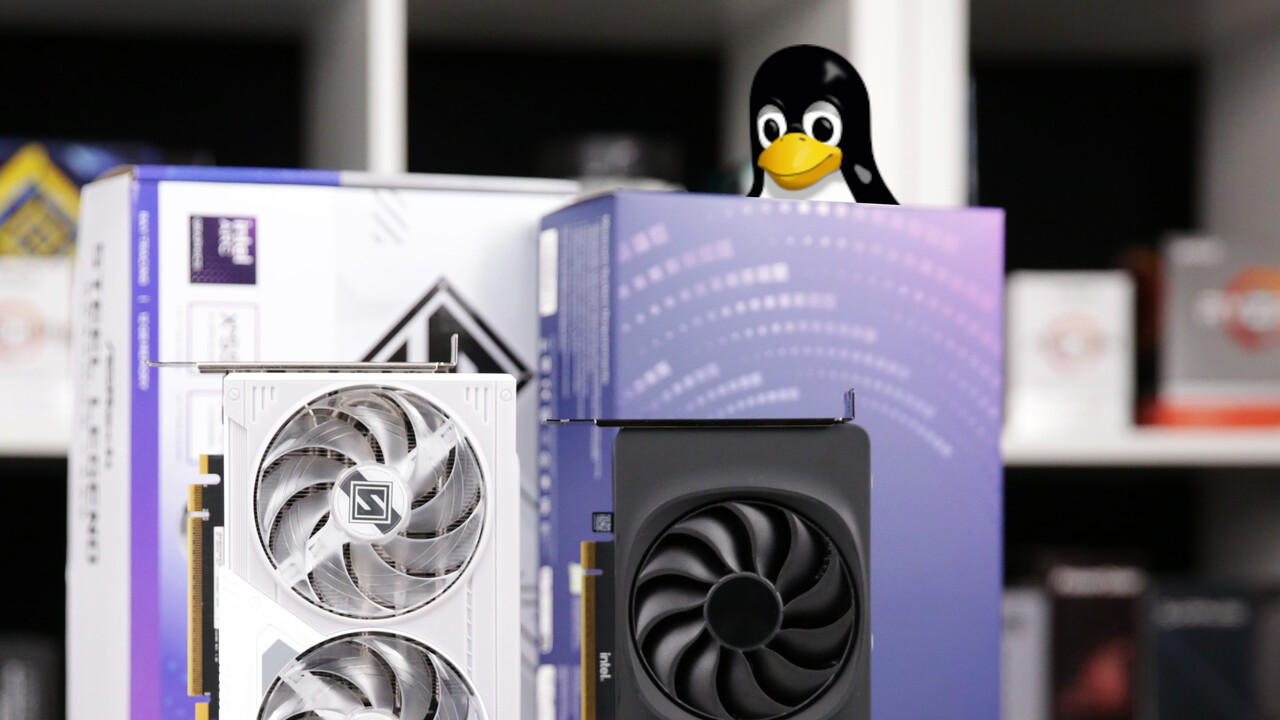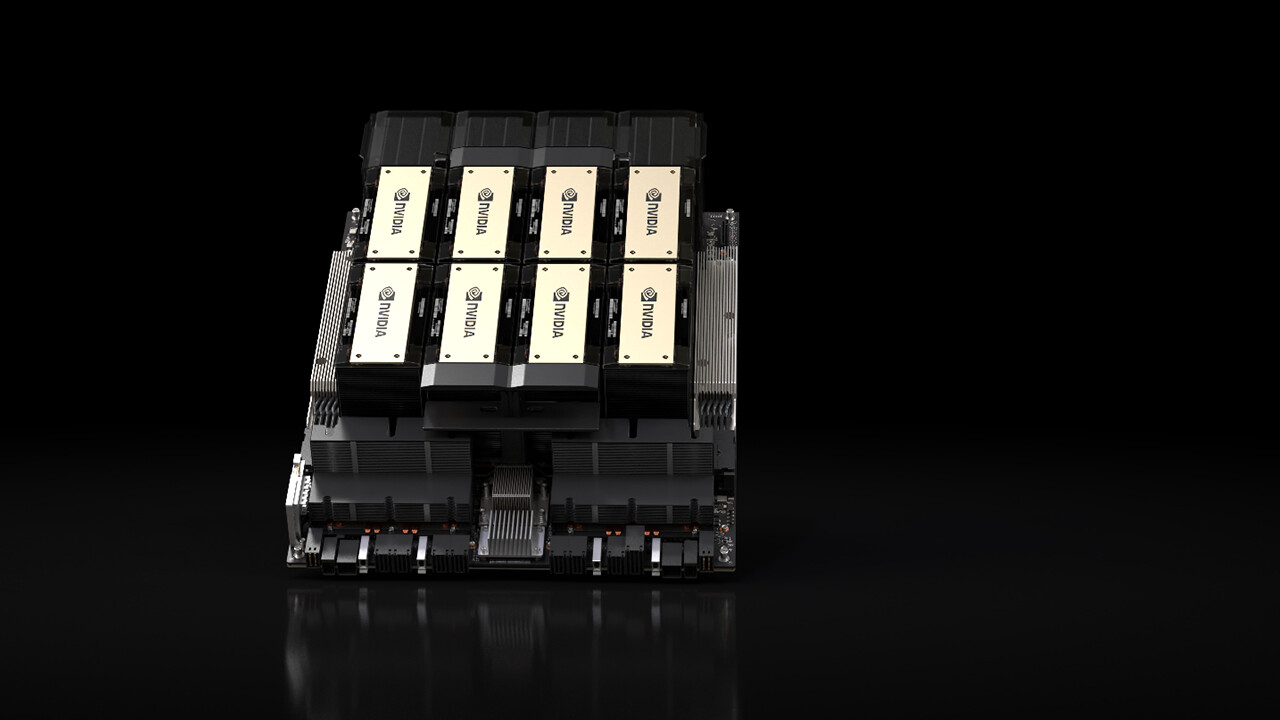Sapphire R9 290x Vapor-X 8GB: The 8GB graphics card for gamers turns 11 years old 118 comments

Exactly eleven years ago, Techastuce had the first gaming graphics card with 8GB of graphics memory in its review. In a single release, AMD board partner Sapphire had launched the Radeon R9 290X with Dual VRAM. It took another year for the first regular 8GB graphics card, the R9 390(x).
The banned 8GB model of the R9 290X
In the fall of 2013, AMD introduced the Hawaii GPU, the graphics chip for the high-end Radeon R9 290 and R9 290X graphics cards. AMD provided both models with a 4GB 512-bit GDDR5 memory expansion, and they were also released by the end of the year. However, this wasn’t enough for a board partner: in March 2014, Sapphire announced a variant of the Radeon R9 290X Vapor-X with 8GB of GDDR5, doubling the memory expansion, only to cancel it again a few weeks later: AMD didn’t approve the VRAM upgrade.
A month later, the 8GB power study, as Sapphire had since named the model, surprisingly appeared in retail stores, first at Overclocker’s UK and then at Caseking in Germany. AMD had granted approval to sell the approximately 250 graphics cards produced before the ban. Techastuce quickly tested a test model so that it could compete with the commercially available 4GB variant.
At the time, the advantages had to be proven.
Therefore, the comparison took place exclusively in the then-exotic UHD resolution (3,840 × 2,160 pixels). Because there was no difference in the 4GB version when using four times smoothing (post-processing, not MSAA/SSAA), some games were also tested with eight times edge smoothing and sixteen times anisotropic filtering.
Nowadays, both controllers seem to have fallen out of step with the times: post-processing edge smoothing is a temporary solution and a modern view of AI-upling is massively inferior and concerns extinction, while 16x AF has long been standard and, above all, no attitude is available. In 2014, the maximum image quality options were also available—and the 4GB of VRAM could overwhelm the standard Radeon R9 290X in some games.
Even on average, the Steam-X with 8GB was then a whopping 79%. The benchmarks, for example, were particularly clear in Heroes 2, where 28.5 fps were achieved instead of just 3.6 fps with the 4GB model. The difference in Hitman: Absolution was similar. And Battlefield 4 didn’t want to start at high settings at 4GB of VRAM, but it didn’t run smoothly with 8GB—there was a lack of GPU performance.
Away from the extreme scenarios selected, 4GB of VRAM wasn’t a limitation in 2014. Ultimately, the Vapor-X R9 290X with 8GB was exactly what AMD had done: an enthusiastic feasibility study. And why shouldn’t it be? Because the manufacturer launched the hot Hawaii Infusion Radeon R9 390(x) (review) just a year later in June 2015, which was first mass-produced with 8GB of graphics memory. Nvidia ended with the GeForce GTX 10 in 2016.
8GB of RAM isn’t going anywhere.
Only four years will pass before the Sapphire Radeon R9 290x Vapor-X 8GB arrives in the country, becoming a case for the Saturday format “in the test 15 years ago.” In 2025, 8GB VRAM also radiates a touch of retro, but is still known to be a current topic. Just a few weeks ago, Nvidia launched the GeForce RTX 5060 Ti, which, in addition to a solid 16GB version (test), also came with only 8GB of VRAM, thus a memory expansion that was already available in this price range with the GeForce RTX 2060 Super in 2019.
RTX 5060 TI 8GB in the test: The times with 8GB VRAM are so over
In fact, the manufacturer itself is embarrassed, so much so that test reports have been prevented at market launch, if possible. And the GeForce RTX 5060, due out on May 19th, which will once again only be available with 8GB of VRAM after downgrading the 12GB GeForce RTX 3060 to the 8GB RTX 4060, is unwilling to provide drivers for testing.
AMD, in turn, will present the Radeon RX 9060 XT at Computex—with either 16GB or another 8GB of VRAM. It remains to be seen whether there will be any testing directly before market launch.

An engineer by training, Alexandre shares his knowledge on GPU performance for gaming and creation.


